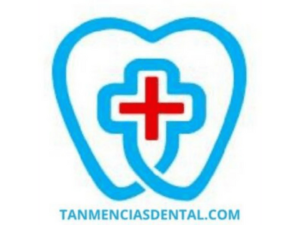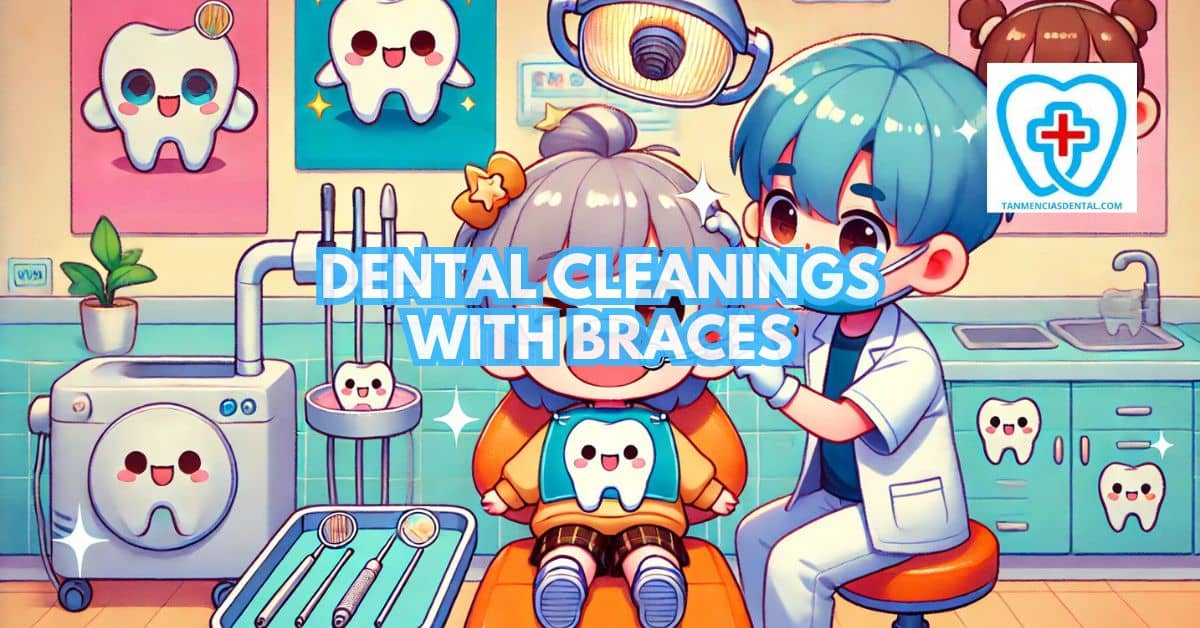Dental cleanings with braces are more than just routine—they are vital for keeping your teeth and gums healthy during orthodontic treatment.
The brackets and wires of braces make cleaning more difficult, increasing the risk of cavities and gum disease.
Professional cleanings remove hardened plaque (tartar) that cannot be eliminated by brushing alone.
Regular visits also allow your dentist to monitor your overall oral health and address any potential issues early.
Without these cleanings, long-term damage like tooth staining or enamel erosion can occur.
1. Challenges in Reaching All Areas of Your Teeth During Cleanings
Braces make it hard to clean every part of your teeth because the hardware can block direct access.
Toothbrush bristles may not effectively reach behind brackets or between wires, leaving some areas vulnerable to plaque buildup.
Over time, these missed spots can lead to decay or discoloration.
Tools such as interdental brushes or angled toothbrushes are designed to clean around braces more effectively.
Incorporating these into your daily routine can help keep your teeth cleaner between dental visits.
🦷 Choosing the Right Dentist for Kids: Tips for Parents
2. How Plaque and Food Debris Get Trapped in Braces
The design of braces creates small spaces where food particles and plaque can easily accumulate.
Sticky or sugary foods are especially problematic, as they cling to the brackets and wires.
If left uncleaned, this buildup fosters bacteria growth, increasing the likelihood of cavities and bad breath.
Rinsing your mouth with water immediately after eating and brushing thoroughly at least twice a day can help minimize these issues.
Using a water flosser can also be a practical way to remove stubborn debris.
🦷 Oral Surgery Dentist vs. General Dentist: What’s the Difference?
3. Managing Gum Inflammation While Wearing Braces
Braces can irritate the gums, causing them to swell or become tender, especially if plaque builds up along the gumline.
Inflamed gums often bleed during brushing or cleanings, which can make oral hygiene feel uncomfortable.
Ignoring gum health may lead to more severe conditions like gingivitis.
Flossing daily and using an antimicrobial mouthwash can help reduce irritation and swelling.
Visiting your dentist for regular cleanings ensures the gums stay healthy and inflammation is kept under control.
🦷 Your Guide to Tooth Restoration in Marikina: Smiling with Confidence Again
4. Dealing with Discomfort During Your Dental Cleaning Appointment
It’s not uncommon to feel some discomfort during cleanings with braces, especially if your teeth or gums are already sensitive.
The hygienist may need to clean around tight spots or areas where plaque has built up, which can feel tender.
Adjusting to braces or recent orthodontic changes can add to the sensitivity.
Let your dentist know about any discomfort so they can use gentler tools or techniques.
Taking a mild pain reliever before your appointment can also make the process more comfortable.
🦷 Choosing the Right Family Dental Care Provider: What to Look For in a Dentist
5. Why Dental Cleanings with Braces Take Longer Than Usual
Cleaning teeth with braces takes extra time because of the additional steps involved.
Hygienists must carefully work around each bracket and wire, ensuring they remove all plaque without causing damage.
They often use specialized tools designed for orthodontic patients, which can take more time to handle.
The added complexity of cleaning braces requires patience and precision to avoid missing any areas.
Understanding the process can help you feel more at ease during your appointment.
🦷 The Importance of Children’s Orthodontic Care: Straight Smiles for Little Faces
6. Tips for Flossing Around Braces and Cleaning Between Teeth
Flossing with braces can feel tricky because the wires block traditional flossing methods.
Orthodontic floss or floss threaders are designed to make it easier to clean between teeth and under wires.
These tools allow you to slide floss into tight spaces without damaging your braces.
For added convenience, a water flosser can effectively remove debris while being gentler on sensitive gums.
Daily flossing is essential to prevent cavities and maintain healthy gums while wearing braces.
🦷 Questions to Ask Your Dentist for Tooth Extraction Before the Procedure
7. Preventing Tooth Decay and Staining with Braces
Braces can make your teeth more prone to decay and staining if not cleaned thoroughly.
Plaque that isn’t removed properly can cause white spots, which are signs of weakened enamel.
To prevent this, brush after every meal with fluoride toothpaste and pay extra attention to the edges of your brackets.
Avoiding sugary or acidic foods can reduce the risk of decay and staining.
Professional fluoride treatments at your dentist’s office can also strengthen enamel and protect against cavities.
🦷 Eating At Night After Brushing Teeth: Is Your Nighttime Routine Sabotaging Your Smile?
8. How to Avoid Damage to Your Braces During Cleanings
Braces can be fragile, and improper cleaning techniques can loosen brackets or bend wires.
Hygienists use special tools and methods to clean your teeth without harming the braces.
At home, you should avoid using hard-bristled brushes or sharp objects to clean around your braces.
Stick to soft brushes and tools specifically made for orthodontic care.
If a bracket or wire becomes loose during cleaning, contact your orthodontist to have it repaired promptly.
🦷 How to Find the Best Pediatric Dental Care in Marikina
9. Managing Sensitive Teeth and Gums During Dental Cleanings
Wearing braces can make your teeth and gums more sensitive, especially after adjustments.
Cleanings may amplify this sensitivity, causing mild discomfort during the procedure.
Desensitizing toothpaste can help reduce sensitivity when used consistently.
Before your cleaning, rinse with warm salt water to soothe irritated gums.
After your appointment, follow your dentist’s recommendations for easing any lingering sensitivity or soreness.
🦷 Pediatric Dental Care Tips for Happy Kids
10. Staying Motivated to Keep Up with Regular Dental Cleanings with Braces
Maintaining consistent dental cleanings with braces may feel like extra work, but the benefits are worth it.
Cleanings ensure your teeth remain healthy and prevent complications that could extend your orthodontic treatment.
Reminders from your dentist or orthodontist can help you stick to your appointments.
Keeping track of your progress and visualizing the end result—a straight, healthy smile—can boost your motivation.
Reward yourself for meeting your cleaning goals to make the process more enjoyable.
🦷 Tan-Mencias Dental Clinic in Marikina City
👨⚕️ Conclusion
Dental cleanings with braces are an essential part of maintaining a healthy smile.
Despite the challenges, professional cleanings protect your teeth and gums from decay, staining, and other long-term issues.
Using the right tools and techniques at home supports these efforts and keeps your braces functioning properly.
By staying diligent and prioritizing oral hygiene, you set the foundation for a successful orthodontic journey.
A little effort now ensures a healthy and beautiful smile once your braces are removed.
😊 Self-Promotion
Looking for top-notch dental care in Parang, Marikina City?
Visit Tan-Mencias Dental Clinic, where your smile is our priority!
We offer a warm, professional environment to ensure your comfort and satisfaction.
Have questions?
You can reach us by calling 9171451074, messaging us on our Facebook page, or using the contact form on our website.
Let us help you achieve the healthy, beautiful smile you deserve—stop by or connect with us today!

